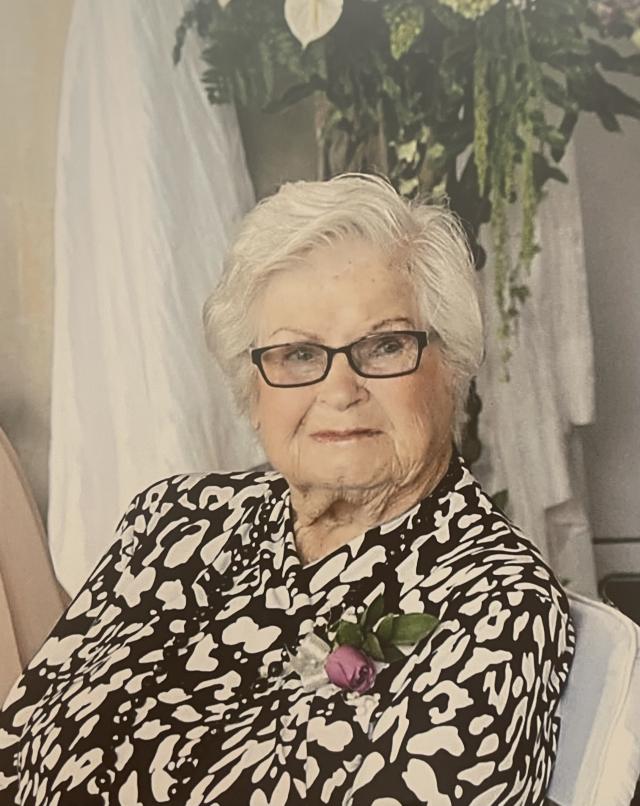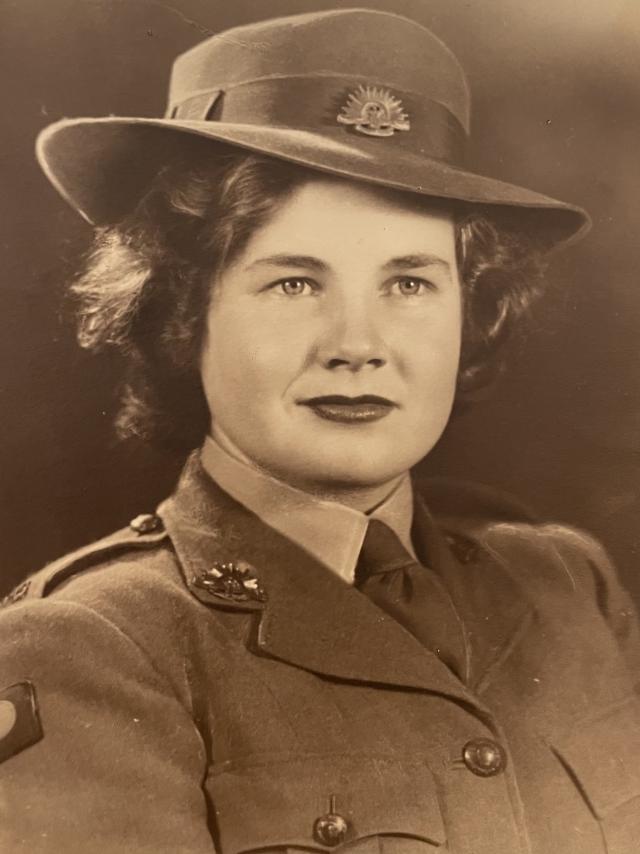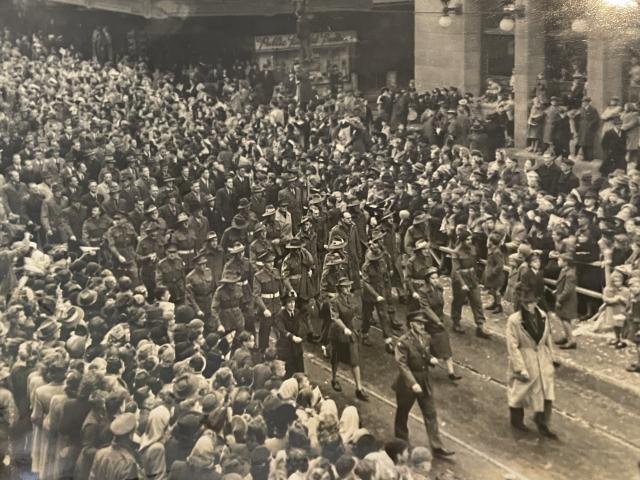A Noosa woman who took a big step forward for women’s rights during one of Australia’s most famous murder mysteries has died peacefully in her home at the age of 97.
“They don’t bury something that keeps moving,“ was the motto of Elizabeth Bainbridge, known to her friends and family as Betty.
The Noosa resident for more than 40 years was an avid traveller, impressively touring eight countries at the age of 90.
Growing up in Parramatta Sydney in the 1920s, Betty developed an interest in photography at an early age.
She received training led to her World War II enlistment in the Australian Army in the Top Secret Aerial Reconnaissance Photo Interpretation Department.
Her role had her identifying the Japanese soldier strength, Bunker Fortifications that had heavy gun locations and Japanese supply lines, which was all vital time sensitive work for our front line troops.
During her time in the army in 1944, she took a big step forward for women’s rights by being the first woman to appear in a national court in the uniform of the Australian Army.
Betty gave specialist advice on the photos taken during one of Australia’s most famous murder mysteries, The Pyjama Case.
Australian Screen states the body of an unidentified woman found on the side of a road on 1 September 1934 was dubbed Pyjama Girl by the media, in reference to the remnants of the yellow and white exotic silk pyjamas that were found – and thus began one of Australia’s longest and most sensational murder mysteries.
Because of the brutality of the crime, the young age of the victim, and the unusual clothing she was wearing when found, her case captured the imagination of the Australian public.
The war was not all bad for Betty as she found the love of her life in the army, and married Thomas Bainbridge in the Saint Patrick Church in Parramatta in 1946.
Betty was blessed with seven children, Peter, Chris, Margaret, Mark, Anthony, Helen, Lisa, and has 10 grandchildren and 11 great grandchildren.
“Mum and Dad went on to establish a house building business in Sydney and, in 1956, made the move to the Gold Coast and used a large sand dredge to pump sand onto low lying flat land at the bottom of now Cavil Avenue,“ Betty’s son Mark said.
“They both have the distinction of developing and building the first strata title apartments in Surfers Paradise with 15 one-bedroom units they called The BOATEL.
“Due to its waterfront position, Cavil Avenue is today one of the main streets of Surfers Paradise.“
The family then took a series of moves northwards to eventually end up as early day residents in Noosa in 1978.
“Dad and Mum liked Noosa Sound and settled the family at Key Court where many happy years were had.“
The family continued to live in Noosa, with Betty then spending many years at Noosaville and, of late, at Elysium Estates.
Betty was an inspiration to all who knew her through her desire to continue exploring the world.
With many trips overseas, she particularly loved Bali and its people, fell in love with Venice at the age of 90, and even took a solo buggy trip around the Egyptian Pyramids. At 92 she went on a cruise to New Zealand to enjoy the Fjords and New Zealand hospitality.
Interestingly, Betty was the daughter of Minnie Horton, the youngest of 10 children of the famous south east Queensland land surveyor Thomas Horton, and great grand daughter of William Horton.
Recorded in the book The Life and Times of William Horton by the historian Max Chapman, William was a 16 year old convict transported to Australia from England on the sailing ship ‘The Planter in 1832.
The Bulls Head Inn built by William Horton in Drayton Toowoomba is now an Australian Heritage Museum and was the site in 1849 for the first public meeting, and became the centre for the separation of the Northern Districts from the Colony of New South Wales, which would shape the destiny of the breakaway colony of Queensland.










